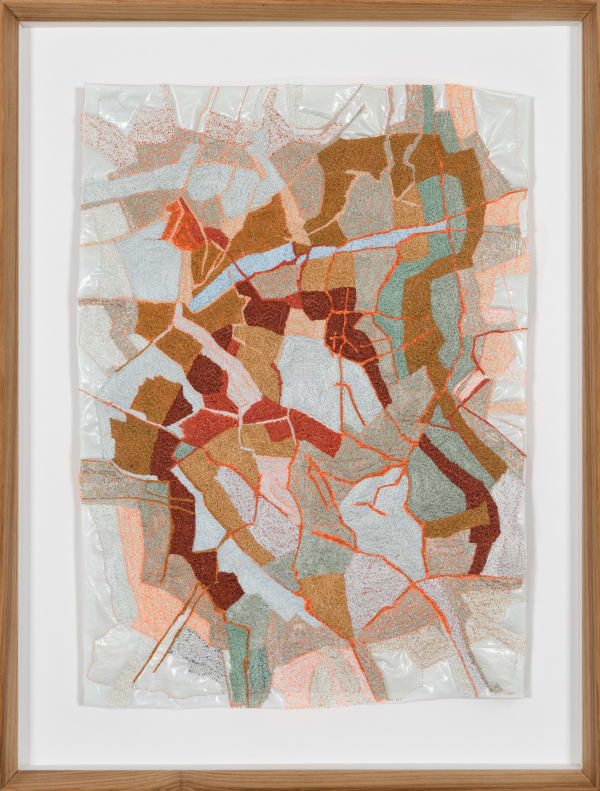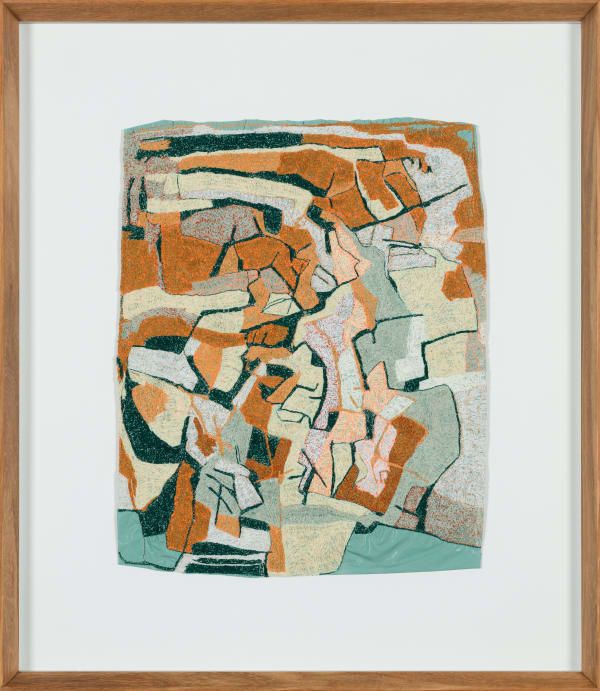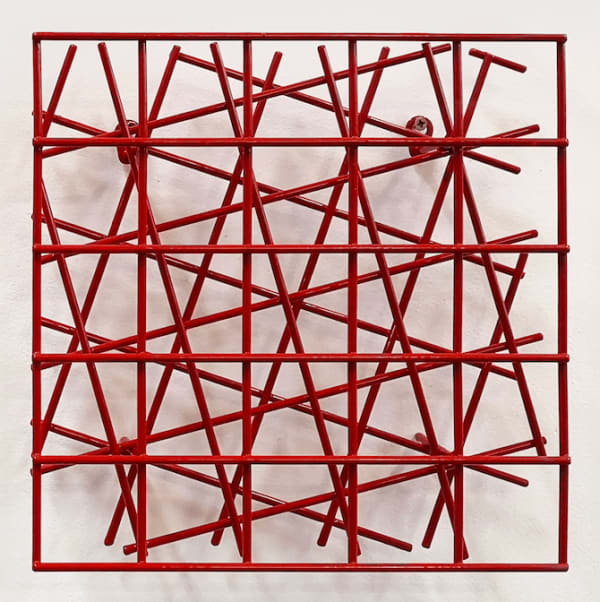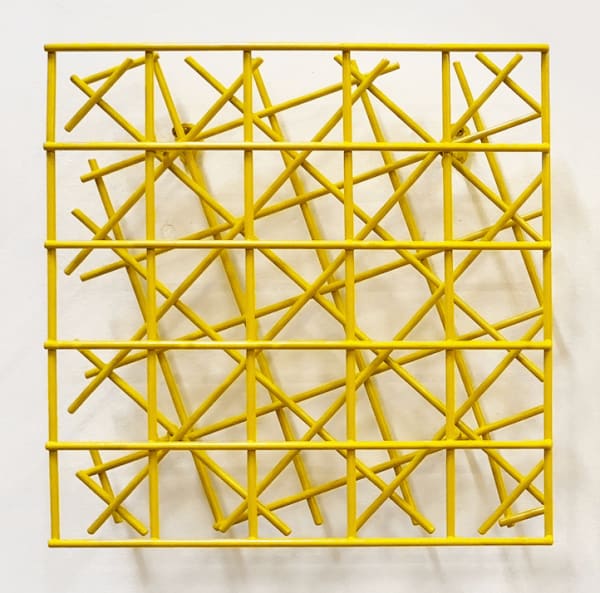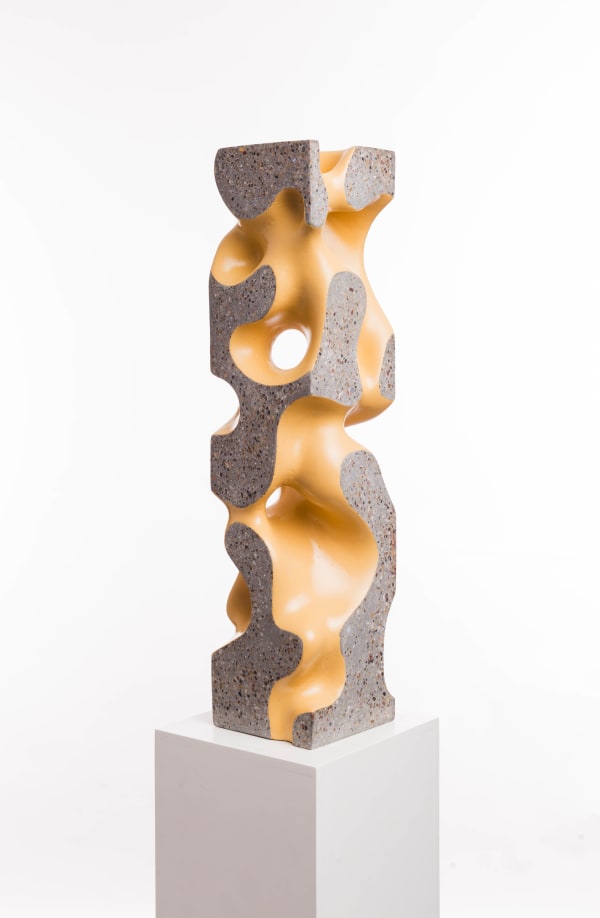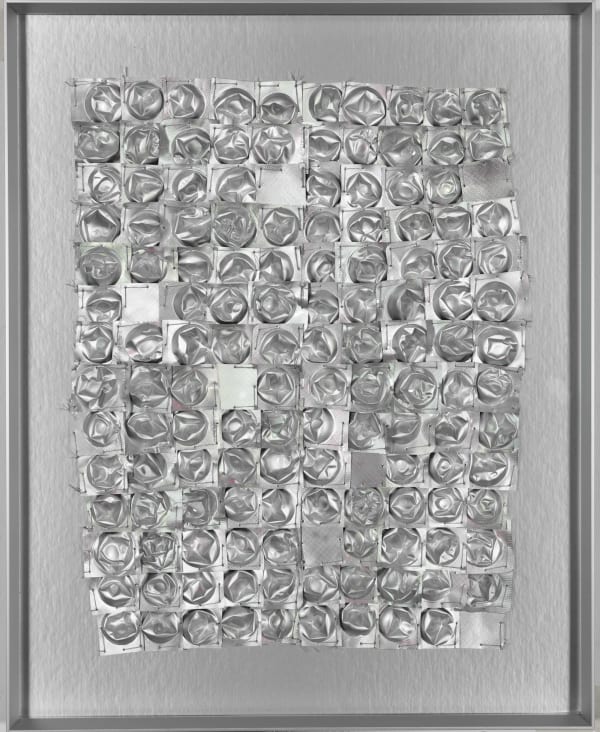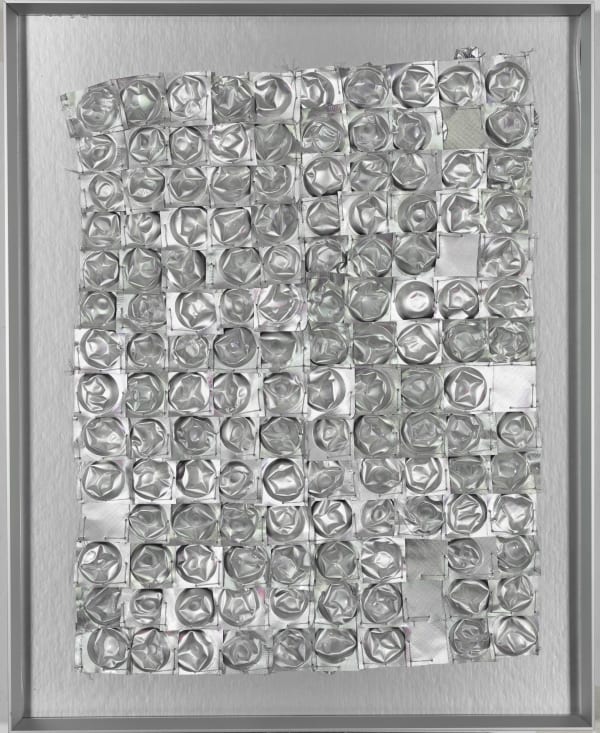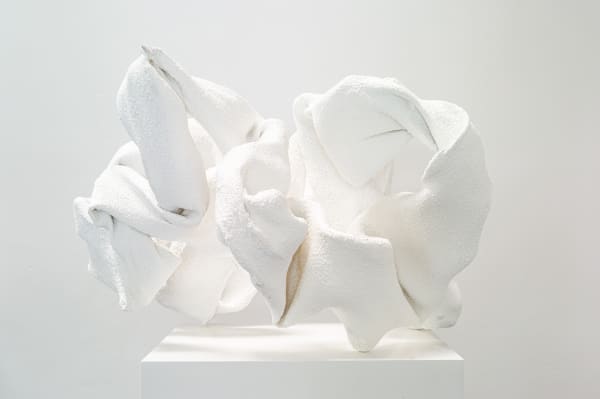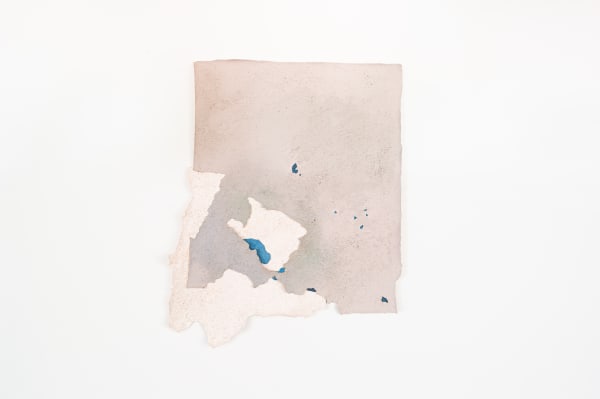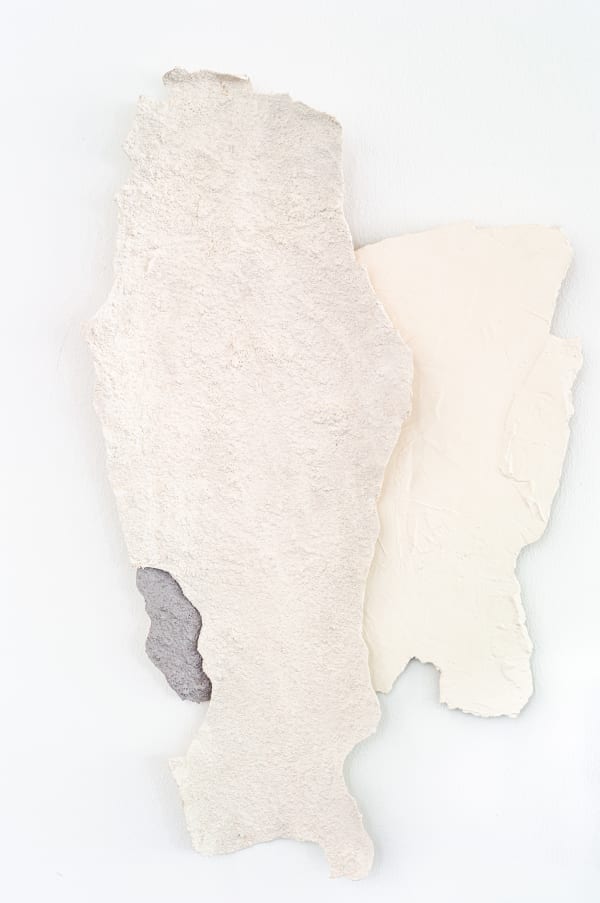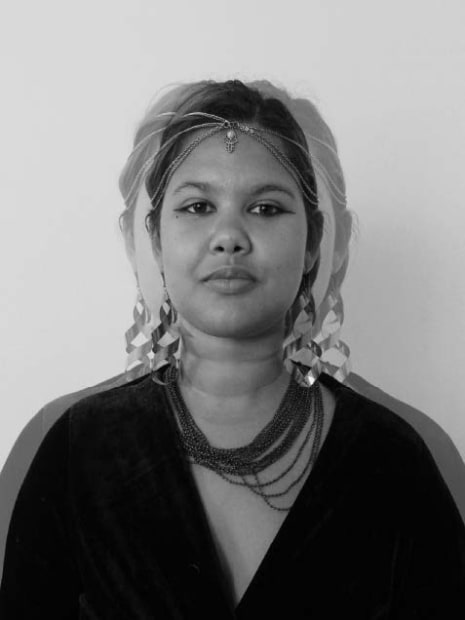-
Liminal Spaces explores contemporary material play and the alchemy of transition. It examines the slippage of boundaries and definitions, where ideas are contested, rethought, and redrawn. In this expansive definition of contemporary art, material play and experimentation result in unexpected combinations between the precious and the throw-away: embroidery on plastic, gold on orientated strand board. The elevation of and reverence for everyday objects, in a sense, contemporary alchemy.
-
Exhibition text bySEAN O’TOOLE
-
Is it not the liminal that beckons, a place of paradox and transition?
Are we not thoroughly tired with the ordinary, obliged to commit blasphemy against the banal?
In Cape Town, where geological time and history intertwine, is it not our duty to engage with the forgotten matter and disowned narratives?
Should we not be committing ourselves to repurposing blister packaging, transforming plastic carrier bags and ennobling engineered wood?
-
Is plastic – that unsung hero and scorned villain, that chameleon of our material world – not just polluting our oceans, but redefining reality?
Being alternately pissed off and bored, should we not express our mourning in objects that astonish and marvel?
-
And what of all those other material possibilities?
What of household paint that flecks like burnt skin or clay that is excavated from an increasingly ravaged earth?
In Cape Town, the city of contradictions, is it not time to question and challenge the diverse materiality – clay, stone, metal, wood, plastic, so much plastic – that engulfs our lives?
Can we not push the boundaries of the synthetic and propel ourselves into an ambitious, experimental dance with security cameras, sprinkler heads and colourless straws, resurrecting artisanal traditions and embracing consumer waste as our muse?
-
In this materialist agenda, where we embrace the experimental and destructive, can we not create anew from a merger of the freshly packaged and discarded, to forge an emergent narrative from the abundant – and increasingly unspun – media of our time?
Is this the way to shed light on the obscure corners and make blasphemy against the mundane?
In a world that hungers for sense, shall we, artists, be the ones who offer the opportunity to make sense of the nonsense at a time when the garbage cans of the city are overflowing with empty champagne bottles?
-
-
-
-
-

-
-
-
-
-
Liminal States: 13 Questions for a Post-Materialist Agenda
By Sean O’TooleIs it not the liminal that beckons, a place of paradox and transition?
Are we not thoroughly tired with the ordinary, obliged to commit blasphemy against the banal?
In Cape Town, where geological time and history intertwine, is it not our duty to engage with the forgotten matter and disowned narratives?
Should we not be committing ourselves to repurposing blister packaging, transforming plastic carrier bags and ennobling engineered wood?
Is plastic – that unsung hero and scorned villain, that chameleon of our material world – not just polluting our oceans, but redefining reality?
Being alternately pissed off and bored, should we not express our mourning in objects that astonish and marvel?
And what of all those other material possibilities? What of household paint that flecks like burnt skin or clay that is excavated from an increasingly ravaged earth?
In Cape Town, the city of contradictions, is it not time to question and challenge the diverse materiality – clay, stone, metal, wood, plastic, so much plastic – that engulfs our lives?
Can we not push the boundaries of the synthetic and propel ourselves into an ambitious, experimental dance with security cameras, sprinkler heads and colourless straws, resurrecting artisanal traditions and embracing consumer waste as our muse?
In this materialist agenda, where we embrace the experimental and destructive, can we not create anew from a merger of the freshly packaged and discarded, to forge an emergent narrative from the abundant – and increasingly unspun – media of our time?
Is this the way to shed light on the obscure corners and make blasphemy against the mundane?
In a world that hungers for sense, shall we, artists, be the ones who offer the opportunity to make sense of the nonsense at a time when the garbage cans of the city are overflowing with empty champagne bottles?



